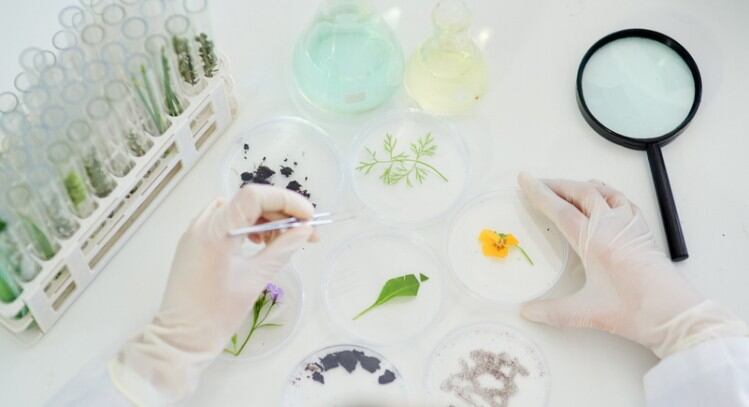Fragrance is a well-known contact allergen and a frequent cause of skin sensitisation. In Europe, it’s the second most common cause of a skin contact allergy after nickel.
When some fragrance chemicals come into contact with the skin they can potentially cause a reaction by generating antigens and signals that activate and mature dendritic cells (DC) – the cells that regulate the body’s immune response.
According to the EU Scientific Committee on Consumer Safety, around 16% of eczema patients in the European population are sensitised to fragrance. It’s an increasingly hot topic, as more consumers seek out cosmetics that make natural and free-from claims.
The challenges of in-vitro testing fragrance
However, it has been difficult to test fragrance sensitization potency by using New Approach Methods (without testing on animals) for a variety of reasons. Fragrances can be challenging to test using in-vitro methods due to their generally weak to moderate skin-sensitising properties, high volatility and hydrophobic properties.
The study had two aims:
- To use an in-vitro, two-dimensional coculture model with keratinocytes (human cells) and DCs to test out a variety of weak-to-moderate sensitizing fragrance chemicals, which were tested for a 24-hour incubation period.
- To compare the results to previous in-vivo data and evaluate its reliability.
The chemicals used in fragrance feature many different chemical structures, such as terpenes, alcohols, aldehydes, ketones and esters. Although many of these are not allergenic, their oxidation products can be potent allergens.
Investigating the EU’s listed 26
The study tested 27 chemicals from typical classes of fragrance materials. It included most of the 26 fragrance chemicals that require labelling in the European Union. With the exception of the synthesized substances, chemicals were of the quality provided by commercial sources, to ensure the data generated would be relevant for the real-life situation. Twenty-four molecules tested positive and three were negative.
The study also included fragrances that are identified as sensitizers in clinical studies but often not identified or with inconsistent results in new approach methods (NAMs), such as benzaldehyde, coumarin, eugenol and isoeugenol.
The results offers ingredients companies, fragrance houses and cosmetics brands valuable insight into the activation of DCs in their natural environment of keratinocytes. The study also revealed that unsaturated alcohols were weaker sensitizers when compared to their corresponding aldehydes and overall, the test results were in good agreement with previous in-vivo data.
Source https://onlinelibrary.wiley.com/doi/10.1111/cod.14324
Title Common fragrance chemicals activate dendritic cells in coculture with keratinocytes
Authors Niklas Peter, Jutta Lichter, Lina Hagvall, Udo Bock, Brunhilde Blömeke


